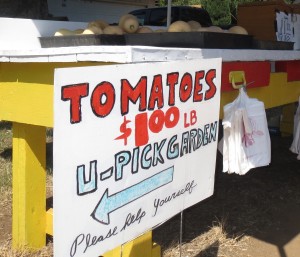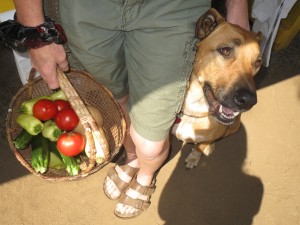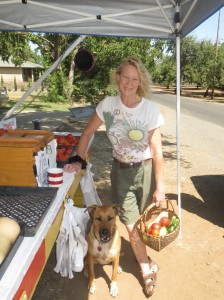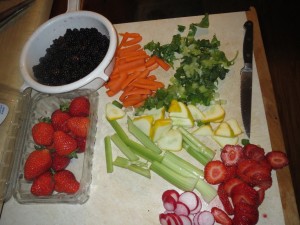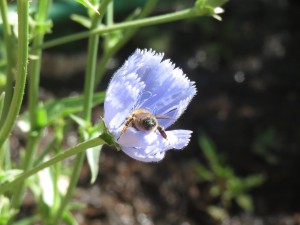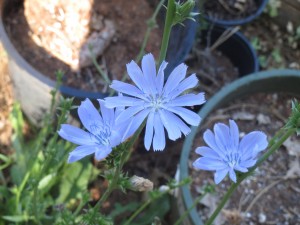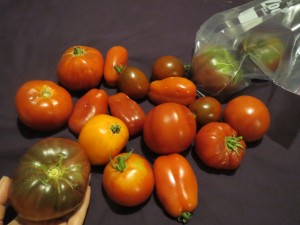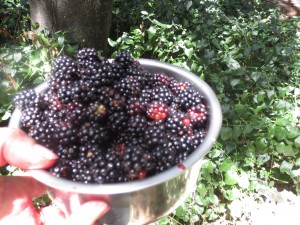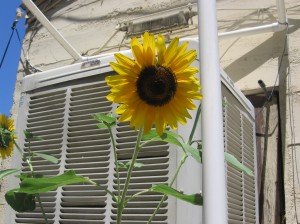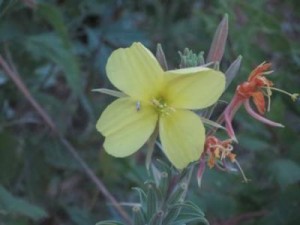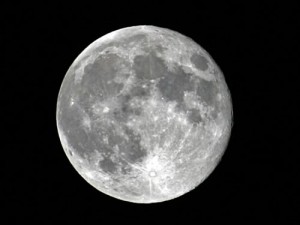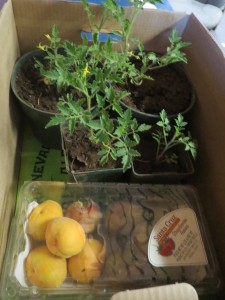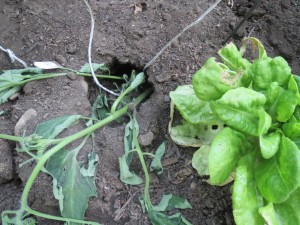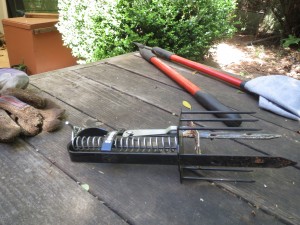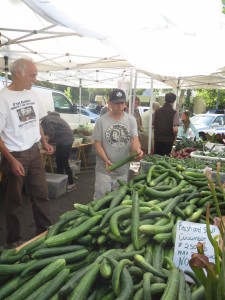I recently picked up my friend Annette for a long-overdue hour of girl-talk.
“Do you want to go to lunch or to frozen yogurt?” I asked while riffling through my yellow coupon book.
Annette howled.
“I knew you were going to have a coupon,” she said, followed by her infectious giggle.
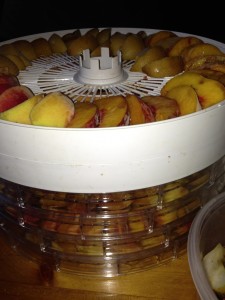
Yep. Isn’t that why they make coupons? So consumers can make important life decisions like where to giggle with friends?
Frugality also influences other social options.
My friends and I visit a lot of art galleries and attend free lectures about green beans and melting glaciers. We dance in City Plaza, usually when they are playing music, and take walks in the park.
Any given Friday night, I can probably find something fun to do with a handful of quarters.
For Christmas, my boyfriend wanted to take me clothes shopping to buy a new outfit, so I asked him to take me to Salvation Army’s Elite Repeat.
This spring, my gleeful frugality has kicked into high gear while I glean my boyfriend’s fruit trees.
If vegetables gardens are gauged by gophers, fruit trees are vandalized by birds and robbed by raccoons.
When the peaches began to drop on their own accord, I was determined to prevent the bottom-feeding ants from ruining the slightly bruised treasures.
This resulted in a bucketful of dinged fruit that you can’t offer to friends in a happy gift bag.
Welcome the food dehydrator — no doubt invented by a like-minded miser.
Last year, we dried tomatoes and plum strips (which should not be confused with prunes).
This month, we’ve been sitting on the living room floor with separate cutting boards. We slice fruit while watching action movies that require almost zero attention span.
This doubles as dinner time, because its amazing how much fruit you end up consuming when your intention is to preserve food for winter.
The first batch in the food dehydrator was a mixed.
Dried Asian pears taste nothing like real Asian pears, and dried plums are super-sweet, like fruit Skittles. You also can never go wrong with dried tomatoes.
The dried peaches? Well, my boyfriend likes them.
More info than I can provide
I Googled around on the Internet this week and found some cool writers with cool ideas for using dried fruit.
The www.backpackingchef.com, suggests dropping dried peaches into non-instant oatmeal while cooking, http://goo.gl/TvzoSZ.
You can also take dried apples or peaches into the back woods and make wacky rehydrated cobbler.
We plan to add the fruit to trail mix, and maybe painting some as Christmas tree ornaments.
For the second batch, currently in the food dehydrator, I sprinkled a rack of fruit with cinnamon. If that’s yummy, I’ll experiment with cayenne pepper.
Some helpful tips for drying can also be found here: http://goo.gl/DcBlbN
The www.pickyourown.org folks recommend packing the dried goods loosely in glass jars for 7-10 days. This allows the fruit to become conditioned, and less likely to mold once you stash it in snack-sized plastic bags.
Another source noted that vitamins are lost during the dehydrating process, even Vitamin C. You should also note that the calories are not lost.
Now that we’re getting near the end of the summer fruit season, it’s time to think ahead for our next garden tricks.
My handy UC Davis vegetable planting guide says August is the time for planting seeds and small plants of cabbage, cauliflower and broccoli, and seeds of carrots and rutabaga.
Follow the fun on Twitter and Facebook @HeatherHacking

